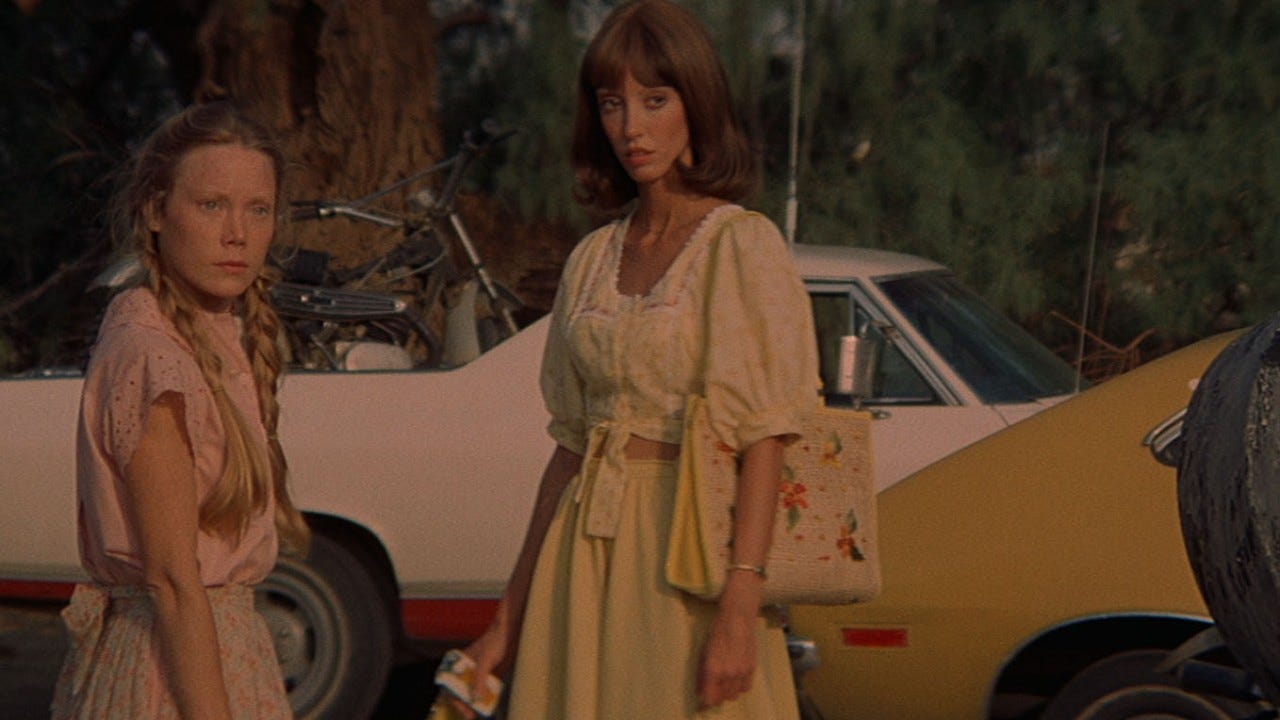More than a few years ago I pitched Into the Gloss a shopping story about looks and accessories tied to the movie 3 Women. This was during the heyday of Glossier pink, and if you’re familiar with Altman’s film or seen a screenshot, you’d instantly grasp the connection. 3 Women is awash in shades of carnation and buttercream (with the occasional pop of violet and orange) and taps into femininity, friendship, and performance, all preoccupations of the beauty industry if you ask me.
Keep reading with a 7-day free trial
Subscribe to MOVIEPUDDING to keep reading this post and get 7 days of free access to the full post archives.





